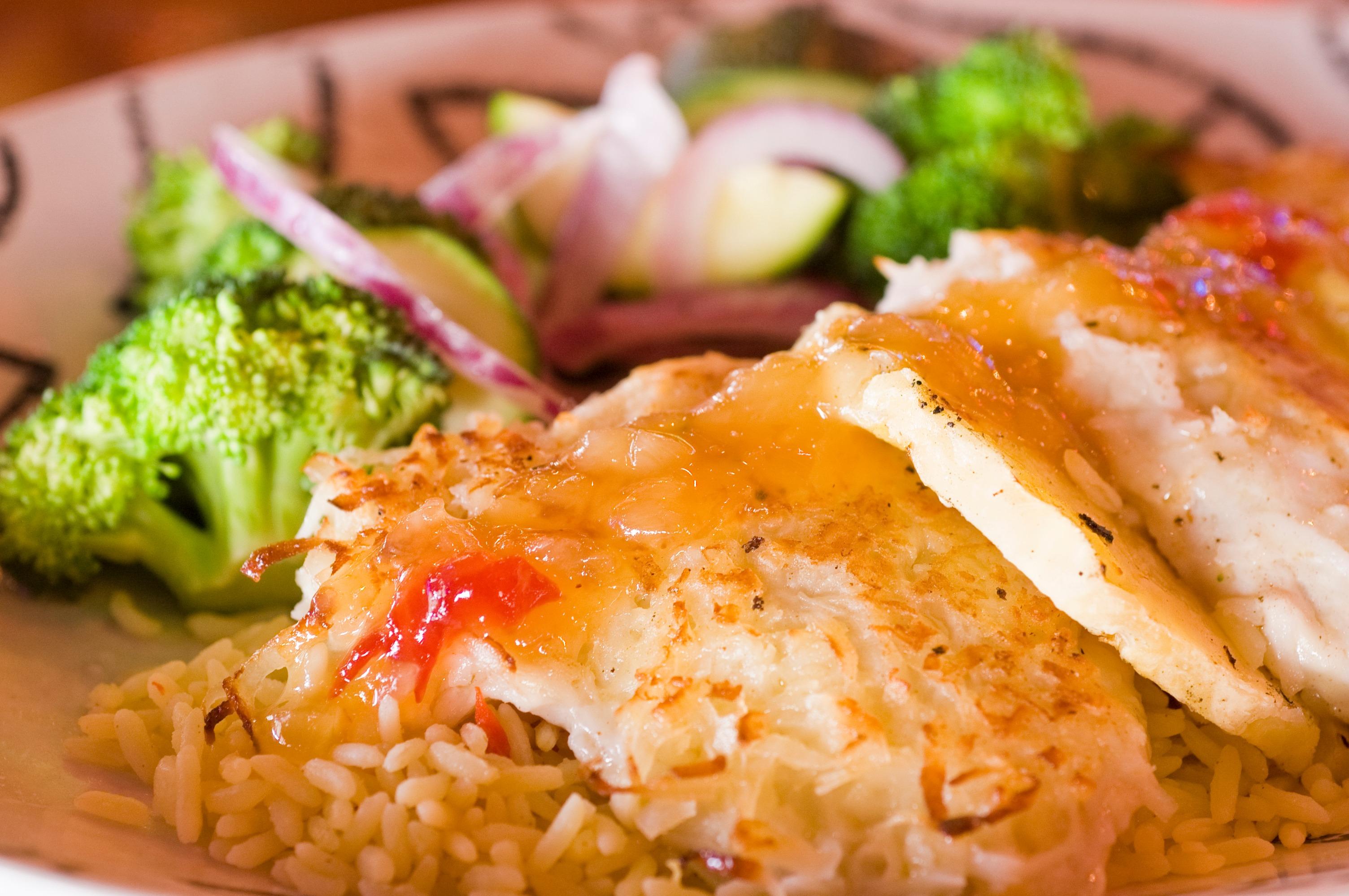

The latter include mixtures of medium and long-chain triglycerides (MCT/LCT), olive oil/soybean oil (OO/SO ClinOleic ®, Baxter Healthcare, Chicago, IL, USA), SO, MCT, OO and fish oil (FO) (SMOFlipid ®, Fresenius Kabi, Bad Homburg, Germany), MCT/LCT (SO)/omega-3-acid triglycerides (Lipoplus ®, B Braun, Melsungen, Germany) and a pure fish oil emulsion (FO, Omegaven ®, Fresenius Kabi). Therefore, first generation ILEs evolved over the years to second and third generation products.

LCTs are effective in terms of supplying energy and provision of EFAs, but due to concerns that an excessive supply of omega-6polyunsaturated (PUFA) might be pro-inflammatory and immunosuppressive, more complex blends of lipid emulsions were developed using mixtures of lipid sources. The first generation of ILEs was derived from soybean oil with a predominance of omega-6 long-chain triglycerides (LCTs). Intravenous lipid emulsions (ILEs) are an integral component of parenteral nutrition (PN) because they are a good source of non-protein energy, as well as essential fatty acids (EFAs). Fish oil might become a valuable ingredient in both short- and long-term PN in patients at risk of liver dysfunction. Conclusions: PN with pure fish oil ILE reduces some inflammatory parameters in IBD and maintains liver function parameters in CIF patients. In the CIF group, the total bilirubin concentration ( p = 0.2157) and aspartate transaminase SGOT ( p = 0.1785) did not vary over time. Results: A reduction in inflammation was noticeable in all patients and became statistically significant in CD (hsCRP p < 0.0001, ESR p = 0.0034, procalcitonin p = 0.0014, Il-6 p = 0.001) and UC groups (hsCRP and ESR p < 0.0001, Il-6 p = 0.0001, TNF-α p = 0.0113). The observation period was 12 months for CIF and 21 days for UC and CD. Diagnoses were chronic intestinal failure (CIF, n = 20), Crohn’s disease (CD, n = 22), and ulcerative colitis (UC, n = 19). Pure fish oil ILE (Omegaven®, Fresenius Kabi, Bad Homburg, Germany) was used along with the standard ILE to reach a fish oil dose of 0.4–0.5 g fish oil/kg/d. Methods: A retrospective analysis of 61 patients (32 female, 29 male, mean age 51.5 ± 12.6 years) who received all-in-one PN, including amino acids, glucose, and lipids supplemented with pure fish oil ILE, was performed. The aim of this study was to investigate the effects of adding a pure fish oil intravenous lipid emulsion (ILE) into short- and long-term PN in patients either at risk of, or with existing, inflammation. Intravenous fish oil may attenuate this inflammatory state, but data on its use in adults are scarce.

This may aggravate an existing proinflammatory state and become a critical factor in the development of liver dysfunction (LD). Aim: Patients on parenteral nutrition (PN) are prone to inflammation.


 0 kommentar(er)
0 kommentar(er)
